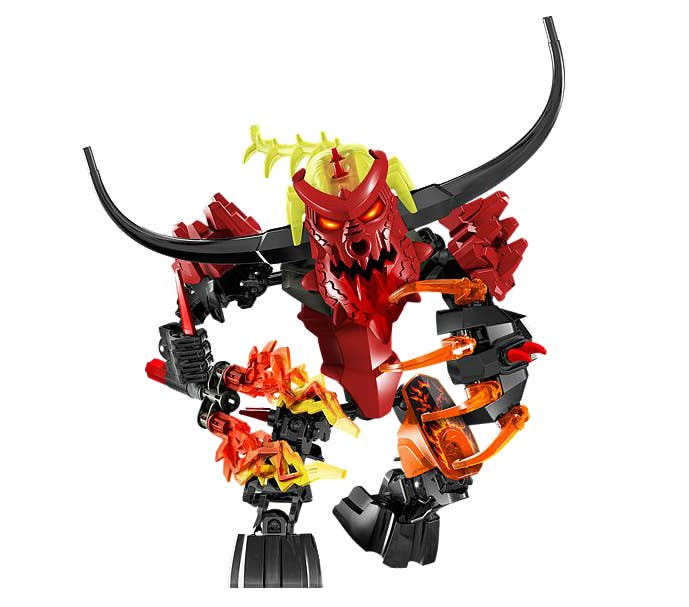

Lego is not the innocent pastime it used to be, according to a study of how many weapon bricks are included in the toy sets.
Researchers at the University of Canterbury in New Zealand claim violent themes in Lego sets have increased "significantly" since Lego first introduced weapons in 1978.
The study, which examined the prevalence of weapons such as swords, lances, and axes from that year until 2014, found nearly 30% of sets had weapons in 2014 – the highest percentage and a large increase compared with 1978, when fewer than 5% contained weapons.
The study cited examples including the now-retired Pyrox figurine – which has an "evil brain", razor-sharp fire claws, and a spinning flame staff – as evidence of "increasingly aggressive themes".
The study also attributed the rise in violence over the period in part to the release of movie-themed sets, such as Star Wars and The Lord of The Rings.

"To catch the attention of their customers, toy manufacturers are similarly locked in a metaphorical arms race for exciting new products," the authors of the report concluded.
"In this race they do not only compete with other toy manufacturers but also with television and video games, which have also become more violent over the years."
A Lego spokeswoman defended the toy manufacturer. She declined to comment on the specifics of the study but said the company saw a "clear distinction" between conflict and violence – and that conflict is a natural part of how children play and helps them learn how to deal with conflicts in their own lives.
"We do not make products that promote or encourage violence," she said. "Weapon-like elements in Lego sets are part of a fantasy/imaginary setting, and not a realistic daily-life scenario."
